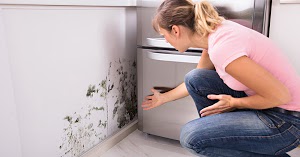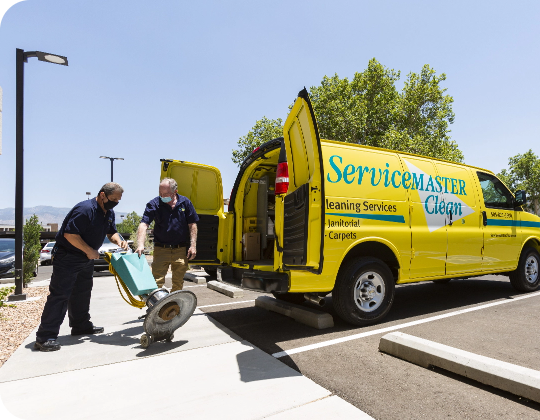SICK BUILDING SYNDROME: IS YOUR OFFICE AT RISK?

Sick Building Syndrome Symptoms
Some people may believe their SBS is actually just a virus. However, if you have a cold, virus or another similar ailment, your symptoms stay with you at home, at the office and everywhere in between. If you have SBS, you will most likely feel relief soon after leaving the building that’s causing your symptoms. The longer you’re away from the building, the better you’ll begin to feel.
The symptoms of sick building syndrome may appear as individual symptoms, in any combination of symptoms or can even vary day by day. Sometimes, you may experience a specific symptom, while a coworker suffers from a different SBS symptom. Some sick building syndrome symptoms include the following:
- Headaches
- Dizziness
- Cough with or without chest pain
- Nausea
- Fatigue
- Muscle aches
- Fever
- Sore throat
- Eye irritation
- Skin rashes
- Nosebleeds, runny nose or congestion
- Inability to concentrate
- Sensitivity to odors
Whatever mix of symptoms your employees feel, getting sick because of the environment can hurt performance. In fact, according to an article published in the National Center for Biotechnology Information (NCBI), SBS can reduce work efficiency and even increase absenteeism. If you notice an increase in sick days recently, it may be time to consider the building as the culprit.
How To Prevent Sick Building Syndrome In Your Office
You can help prevent SBS in your facility by identifying some of the sick building syndrome causes. According to the EPA, there have been many causes of or contributing factors to sick building syndrome. Some of the causes of SBS include:
- Inadequate ventilation
- Chemical contaminants from indoor or outdoor sources
- Biological contaminants, including mold and bacteria
To help reduce the risk of SBS from spreading throughout your workplace, follow these steps:
- Increase ventilation rates.
- Maintain and clean HVAC systems regularly.
- Use HVAC filters with high-load capacity and change the filters regularly.
- Replace water-stained ceiling tiles to remove potential mold and mildew.
- Replace carpet that appears to have water damage.
- Regularly clean all tile and tile grout to help eliminate mold growth.
- Remove all biological contaminants from the property, including insect, bird and rodent droppings.
Improving office air quality by cutting down on the presence of dust mites, mold spores, pollen and other allergens is another way to help reduce the symptoms of sick building syndrome. Regular cleanings can also help keep the facility looking fresh and welcoming for customers and employees alike.
At the end of the day, a healthy facility is a clean facility. With a cleaner work environment, you may help boost employee morale, reduce sick days and even see an increase in productivity. If you’re concerned your facility may have issues that could contribute to sick building syndrome symptoms, contact the professionals at ServiceMaster Clean. We offer a variety of services to fit your schedule and unique needs. With a commitment to delivering the highest standards of clean every time we work, we’re happy to help get your facility up to expectations.





